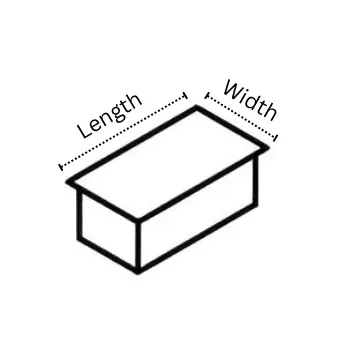Roof Water Collection Calculator – Calculate Rainwater Harvesting Potential
Learn how to calculate roof rainwater collection using area, rainfall, and runoff coefficient. Includes formulas, example, for accurate rainwater harvesting estimation.

What is a Roof Water Collection Calculator?
A roof water collection calculator helps estimate how much rainwater you can collect from your roof based on rainfall, roof area, and material efficiency. This is especially useful for planning rainwater harvesting systems for homes, offices, or farms.
Main Formula
The basic formula for calculating total annual rainwater collected is:
1. Roof Area
The total horizontal area of the roof (in square meters).
If your roof has multiple sections, sum all their areas.
2. Rainfall
Average annual rainfall in millimeters (mm).
To convert rainfall (mm) into meters for volume calculation, divide by 1000.
3. Runoff Coefficient (C)
This depends on the roof material:
| Roof Material | Runoff Coefficient (C) |
|---|---|
| Metal Sheet | 0.9 |
| Concrete | 0.85 |
| Tile Roof | 0.8 |
| Flat Roof | 0.75 |
4. Collection Efficiency (E)
Account for system losses — gutters, filters, evaporation, etc.
Typical range: 80–95% (0.8–0.95)
Full Formula with Units
Where:
- V = Volume of water collected (m³)
- A = Roof area (m²)
- R = Rainfall (m)
- C = Runoff coefficient
- E = Efficiency (decimal)
Convert Volume to Liters
Since 1 cubic meter = 1000 liters:
Example Calculation
Example:
Suppose you have:
- Roof area = 100 m²
- Annual rainfall = 800 mm
- Roof material = Concrete (C = 0.85)
- Efficiency = 90% (0.9)
Step 1: Convert rainfall to meters
Step 2: Use the main formula
Step 3: Convert to liters
Result:
You can collect approximately 61,200 liters of rainwater per year from a 100 m² roof in a region with 800 mm annual rainfall.
Optional Calculation (Monthly Average)
Conclusion
Using this simple formula, you can estimate how much rainwater your roof can collect each year.
This helps plan your tank size, filtration system, and water usage goals efficiently.